Casa Alferez is a fortress-like holiday home with impossibly lofty interiors
Soaring high in the Mexican forest, Casa Alferez, a fortress-like holiday home by Ludwig Godefroy, hides and protects impossibly lofty interiors
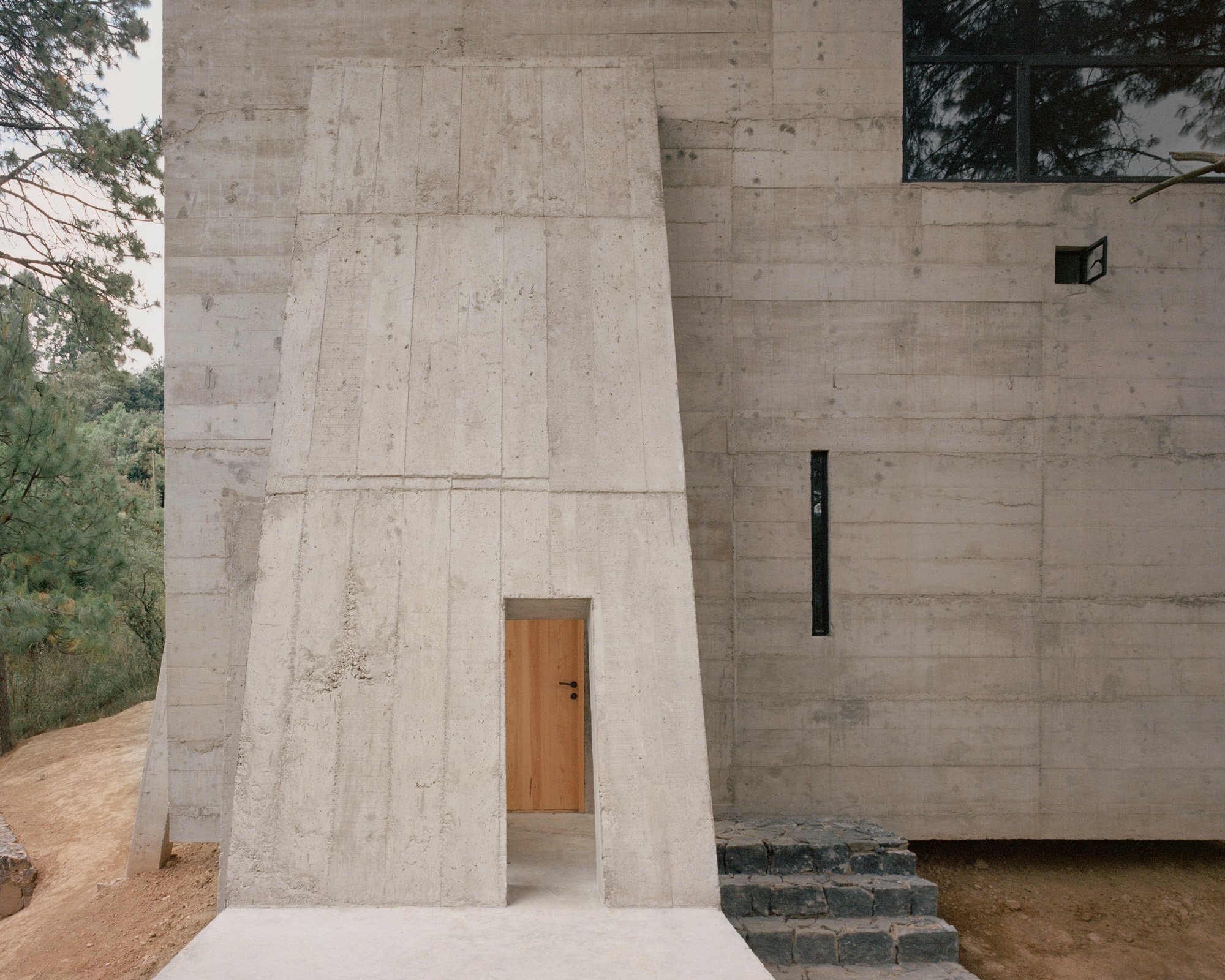
The concrete cube of Casa Alferez peeks out somewhat unexpectedly from behind the trees on a woodland plot outside Mexico City. It feels a stark contrast to the natural setting, yet somehow fitting, rising like a monolithic ruin or a futuristic tower in the forest. Its creator, Mexico-based architect Ludwig Godefroy, explains that while its powerful exterior may make a strong statement, it is the result of functional needs. Nothing in this project is random and everything has been carefully planned to fulfil a purpose.
Casa Alferez is the weekend retreat of a father and his child, who live and work in the Mexican capital. They got to know Godefroy while he was working on the hotel Casa TO in Puerto Escondido, meeting him through that scheme’s client, and they instantly clicked. The father was already in the process of creating this getaway on a tree-filled site about an hour’s drive from Mexico City (Alferez is the name of the wider region where the project is located).
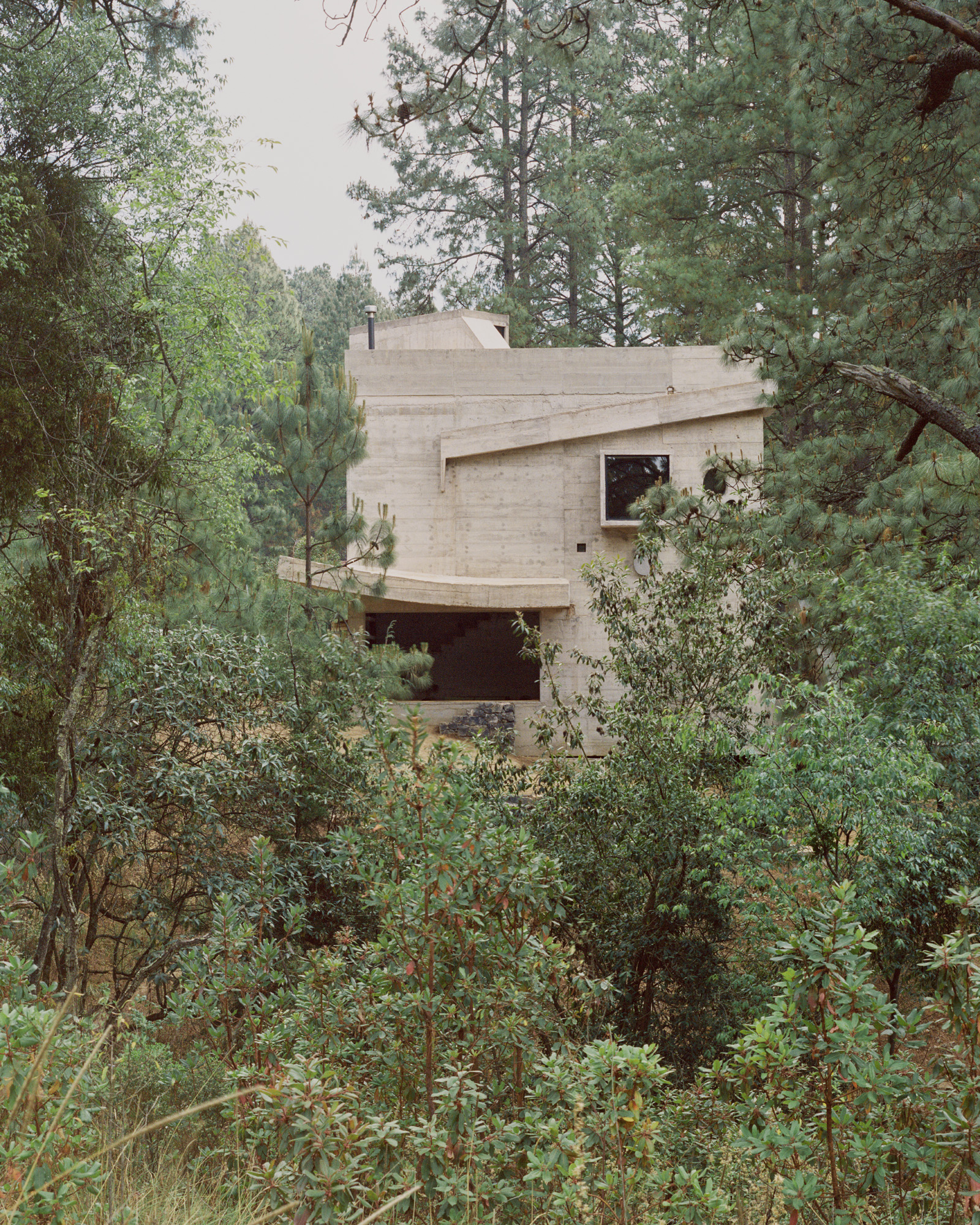
The house comprises five offset levels, with most of the windows set higher up to deter intruders
Casa Alferez: an expansive and protective holiday home
Godefroy is known for his use of raw materials and brutalist architecture approach. He has worked with concrete, stone and wood on most of his projects – including Casa Mérida, which exemplifies his take on blending modern shapes, rough textures and traditional Mexican architecture into what feels at once powerful and contemplative.
However, there were more pragmatic forces at play here at Casa Alferez than an architect’s personal fascinations. ‘In Mexico, you always have to deal with the issue of security, especially in and around Mexico City,’ he says. ‘The house is in the middle of woods, with very few other buildings nearby. It is also a small house, just for the family, so quite compact. So, I thought, what we should do is make a ‘vault’ house, with only a few big windows, placed quite high up, so they don’t allow access to intruders.’ When the clients first approached Godefroy, they had explored the idea of a large boundary wall around the property, but this was soon dismissed in favour of an approach that worked better with the home’s actual volume.
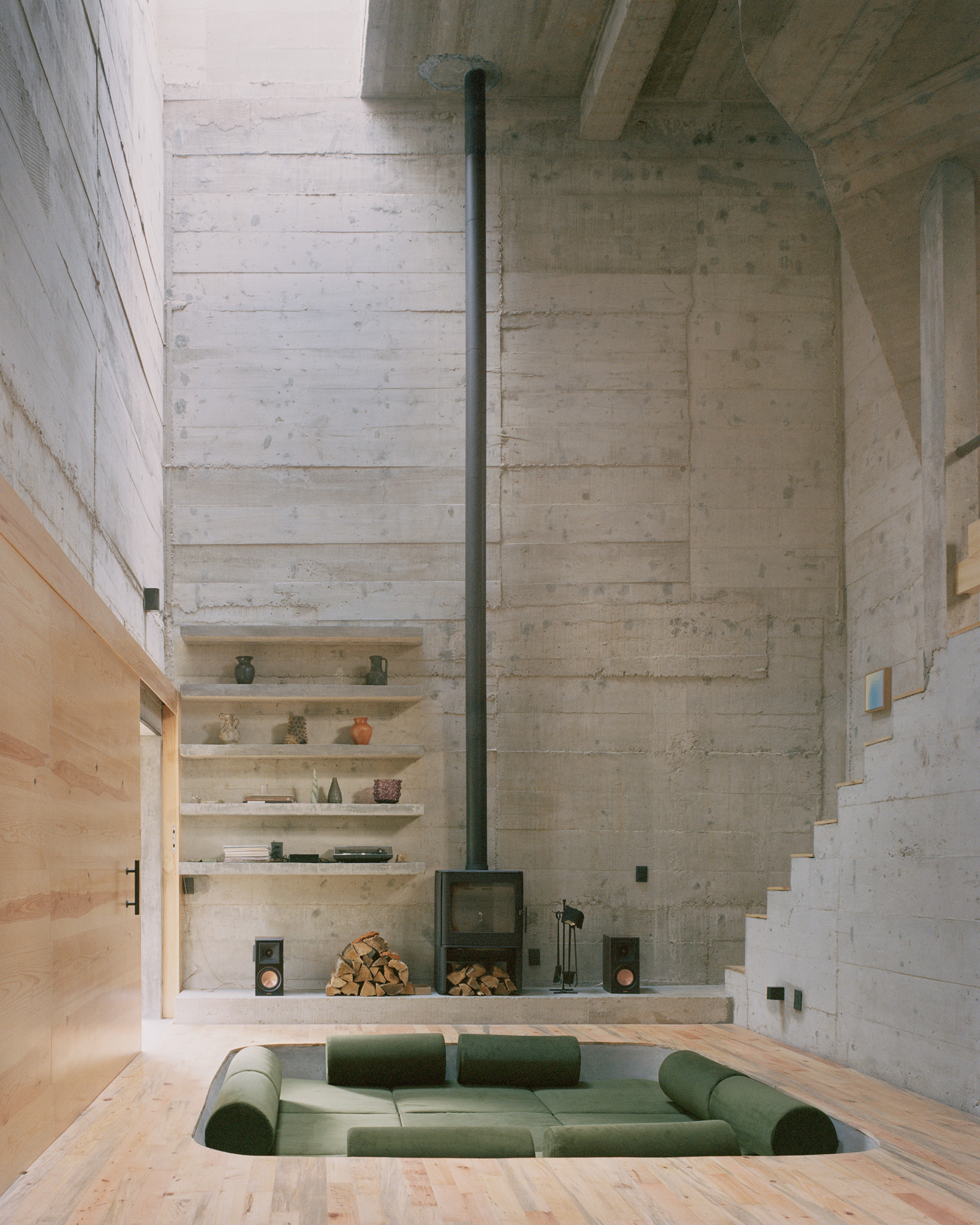
The interiors combine bespoke furniture with concrete and timber – in particular, pine wood, which is the most common species in this part of the country
‘It’s a home that feels closed off from the outside, but very open from the inside. The vertical shape also helps bring the light in and down through skylights and large openings at the top,’ Godefroy says. ‘It’s almost like a little castle, a protected mini tower, a sense of fortification that protects.’
As opaque and mysterious as the home may appear from the outside, this impression truly transforms once inside. Casa Alferez contains a striking triple-height living space that takes up a large chunk of the volume and dominates the interior. Off it, a core leads up to five levels of living areas, including the kitchen and two bedrooms. Each of these rooms is on a slightly offset level, uniting all spaces in a sense of openness and internal transparency – the exact opposite of what the home’s exterior would suggest. ‘You can always see other levels and diagonal views; you can look up and down and it’s really open and playful. I’m blocking a view and making you move, then turning around to take in a different view, and I am always reconfiguring how you experience the space,’ explains the architect. ‘It’s important for architecture to be playful and not serious all the time.’ It’s a welcoming space that embraces flexibility – a study, for instance, has the potential to be transformed into a guest room in the future.
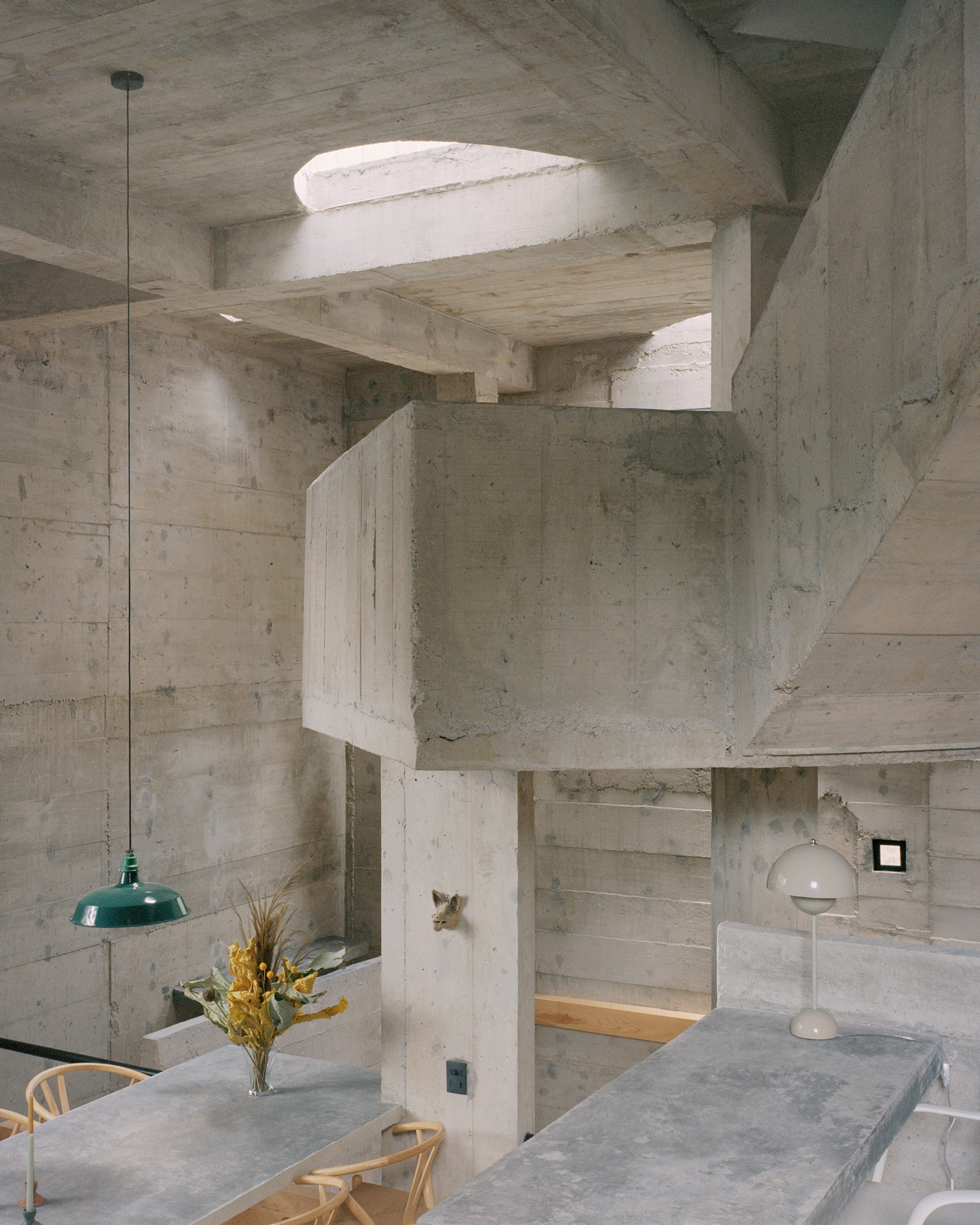
Lit by a series of skylights, the triple-height living area features a mezzanine kitchen and dining room
Godefroy worked to fine-tune his composition using bespoke elements inside and out. The whole cube is somewhat lifted to negotiate the site’s slope, but also to protect the home from the ground’s humidity (‘it’s a part of Mexico where it can get pretty wet and cold,’ he adds). An angled slab marks the entrance, while protecting it from the elements. These gestures give the monolithic volume playfulness. ‘When designing it, I was thinking of the house in practical terms, but also as a utopian structure – I was thinking of Archigram’s Walking City, or Miyazaki’s Castle in the Sky, or [the post-war movement of] Japanese Metabolism,’ says Godefroy. ‘It’s something between utopia and reality.’
Receive our daily digest of inspiration, escapism and design stories from around the world direct to your inbox.
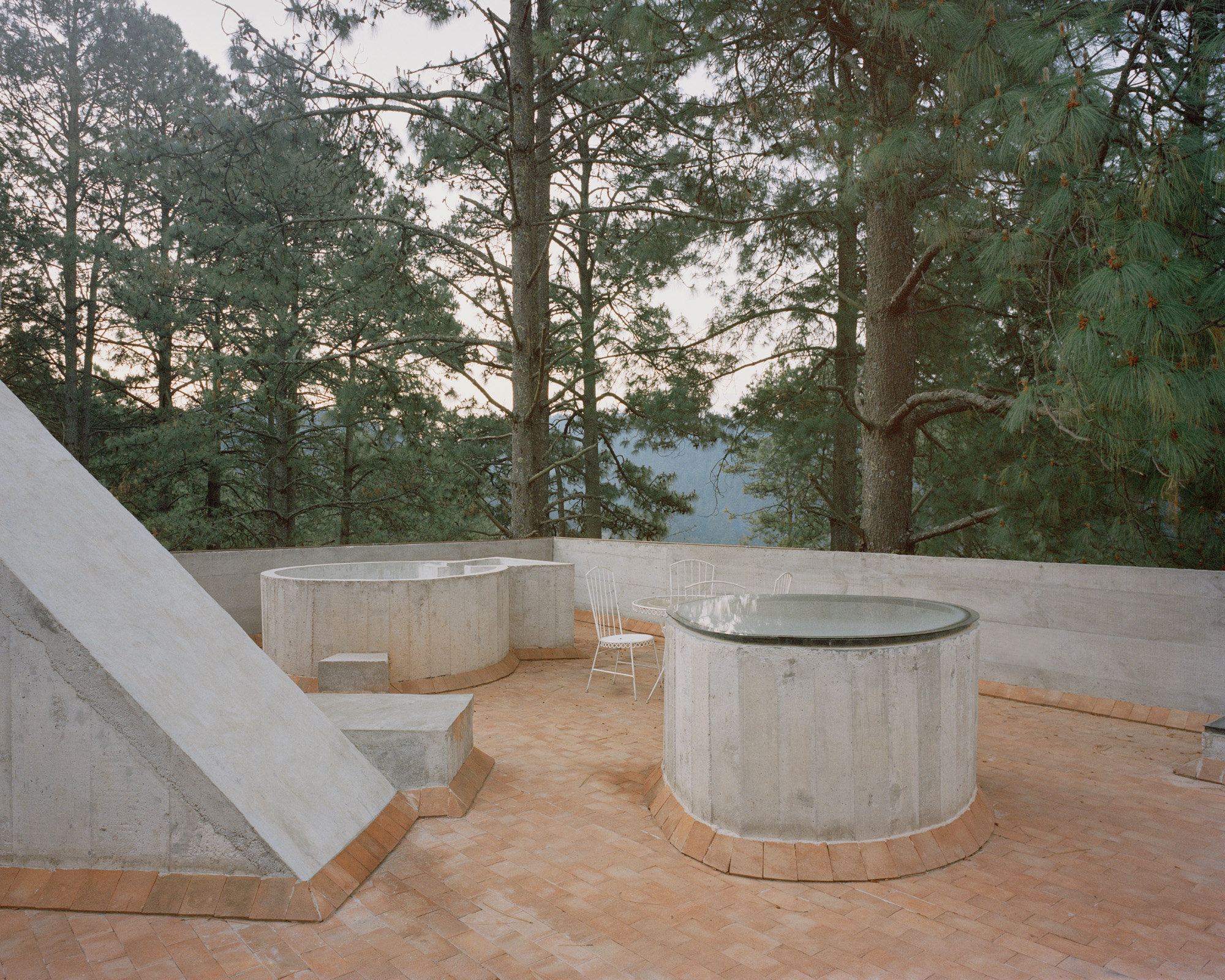
A roof terrace allows the owners to connect with the outdoors while maintaining their privacy
Inside, built-in furniture, which Godefroy often crafts alongside his building design, populates a relatively spartan interior. Even if it was a pragmatic decision (it was more cost-effective to include custom pieces than order design-led furniture), it also meant the home was ready to inhabit as soon as construction wrapped up. ‘You just don’t have to wait for the sofa to arrive,’ the architect smiles.
The real trick, however, the architect points out, is that Casa Alferez feels distinctly smaller than it is – a countryside bolthole with the bare essentials. ‘When you face the house from the entrance, you have a 9m-tall wall of concrete in front of you, rough and massive,’ says Godefroy. ‘But at the same time, you still have the feeling of living in a small lodge, a concrete hut in the woods, as it’s open inside. It’s heavy, but also compact.’
Ellie Stathaki is the Architecture & Environment Director at Wallpaper*. She trained as an architect at the Aristotle University of Thessaloniki in Greece and studied architectural history at the Bartlett in London. Now an established journalist, she has been a member of the Wallpaper* team since 2006, visiting buildings across the globe and interviewing leading architects such as Tadao Ando and Rem Koolhaas. Ellie has also taken part in judging panels, moderated events, curated shows and contributed in books, such as The Contemporary House (Thames & Hudson, 2018), Glenn Sestig Architecture Diary (2020) and House London (2022).
-
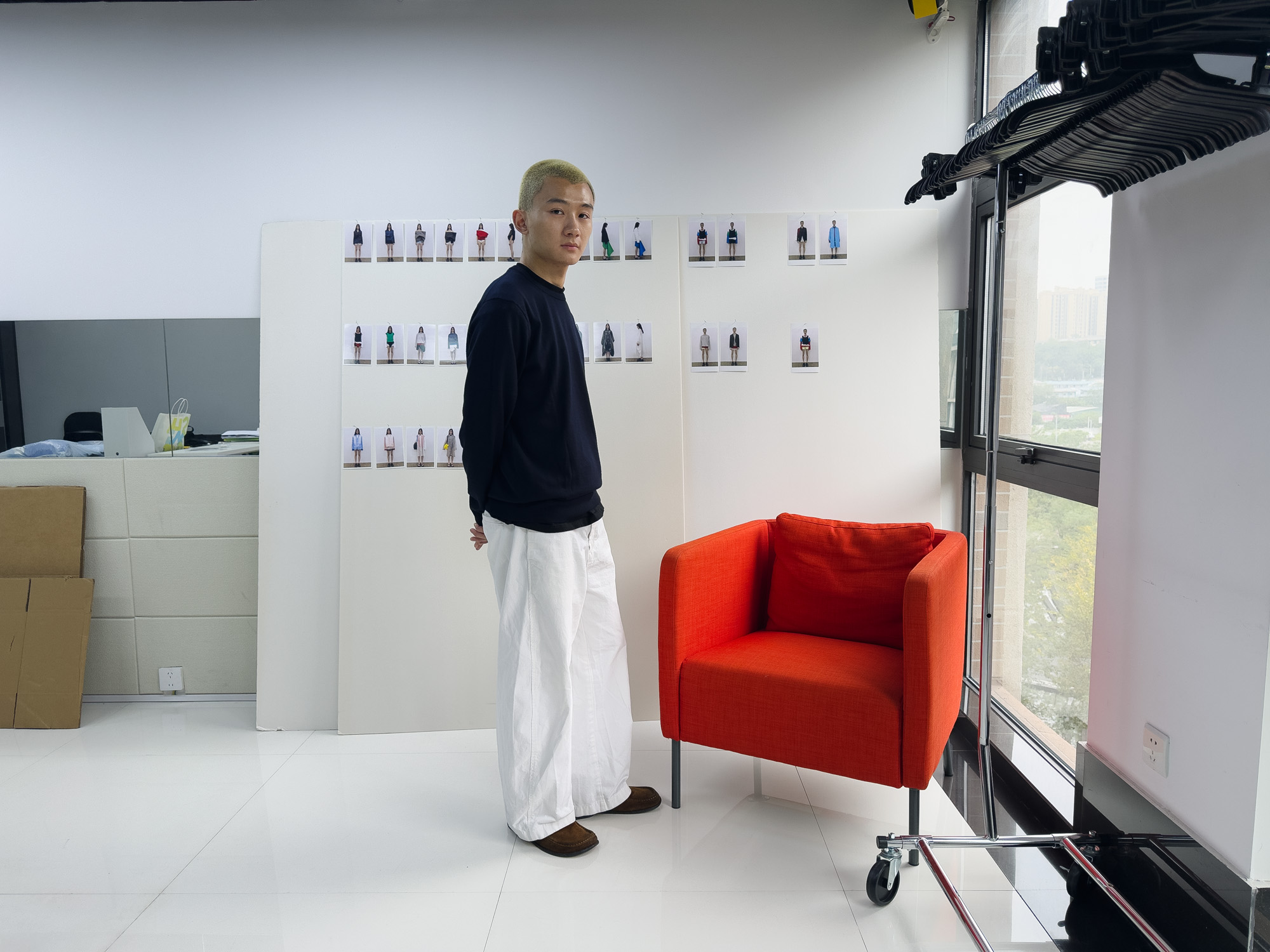 The rising style stars of 2026: Zane Li, fashion’s new minimalist
The rising style stars of 2026: Zane Li, fashion’s new minimalistAs part of the January 2026 Next Generation issue of Wallpaper*, we meet fashion’s next generation. First up, Zane Li, whose New York-based label LII is marrying minimalism with architectural construction and a vivid use of colour
-
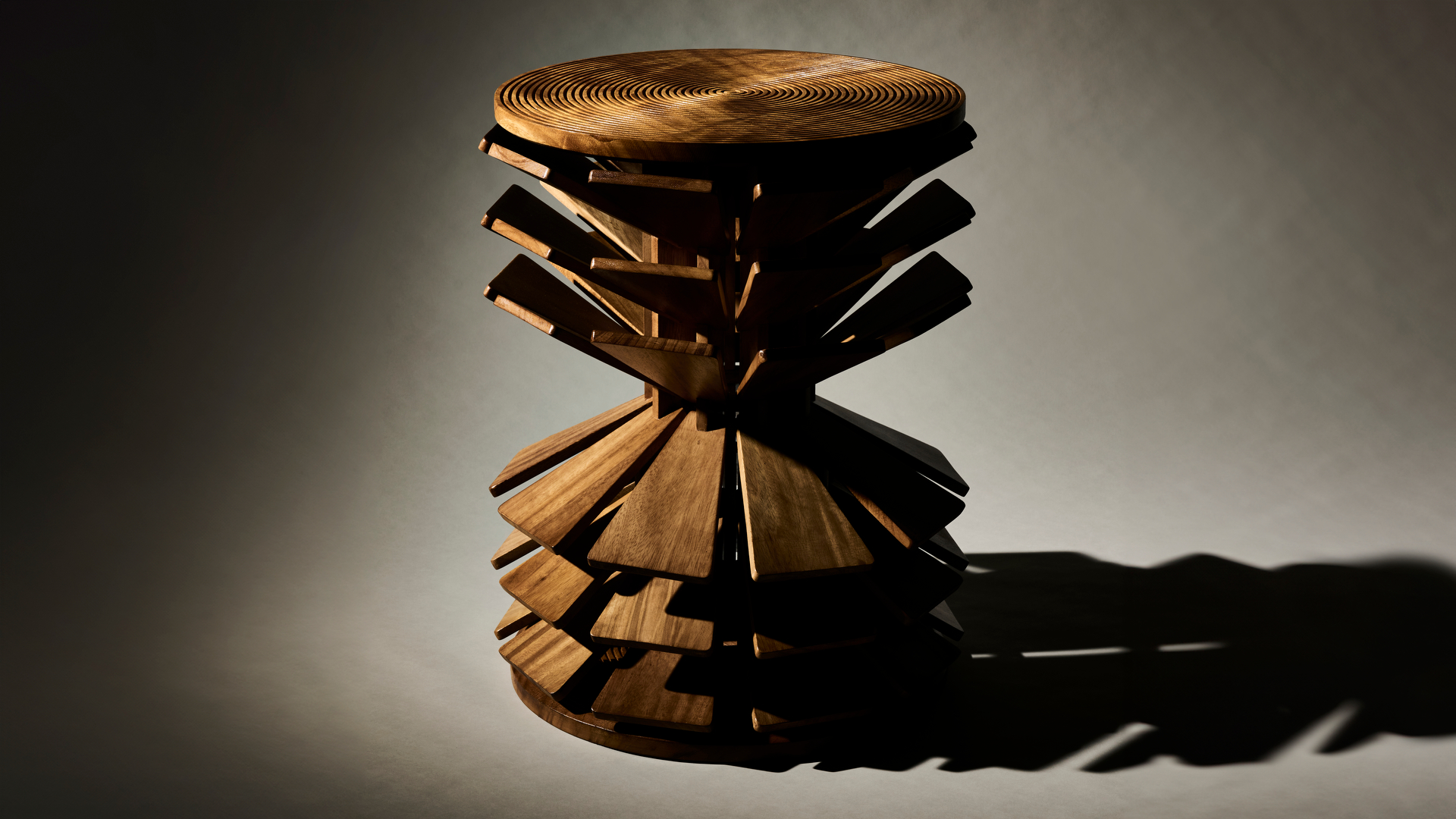 The work of Salù Iwadi Studio reclaims African perspectives with a global outlook
The work of Salù Iwadi Studio reclaims African perspectives with a global outlookWallpaper* Future Icons: based between Lagos and Dakar, Toluwalase Rufai and Sandia Nassila of Salù Iwadi Studio are inspired by the improvisational nature of African contemporary design
-
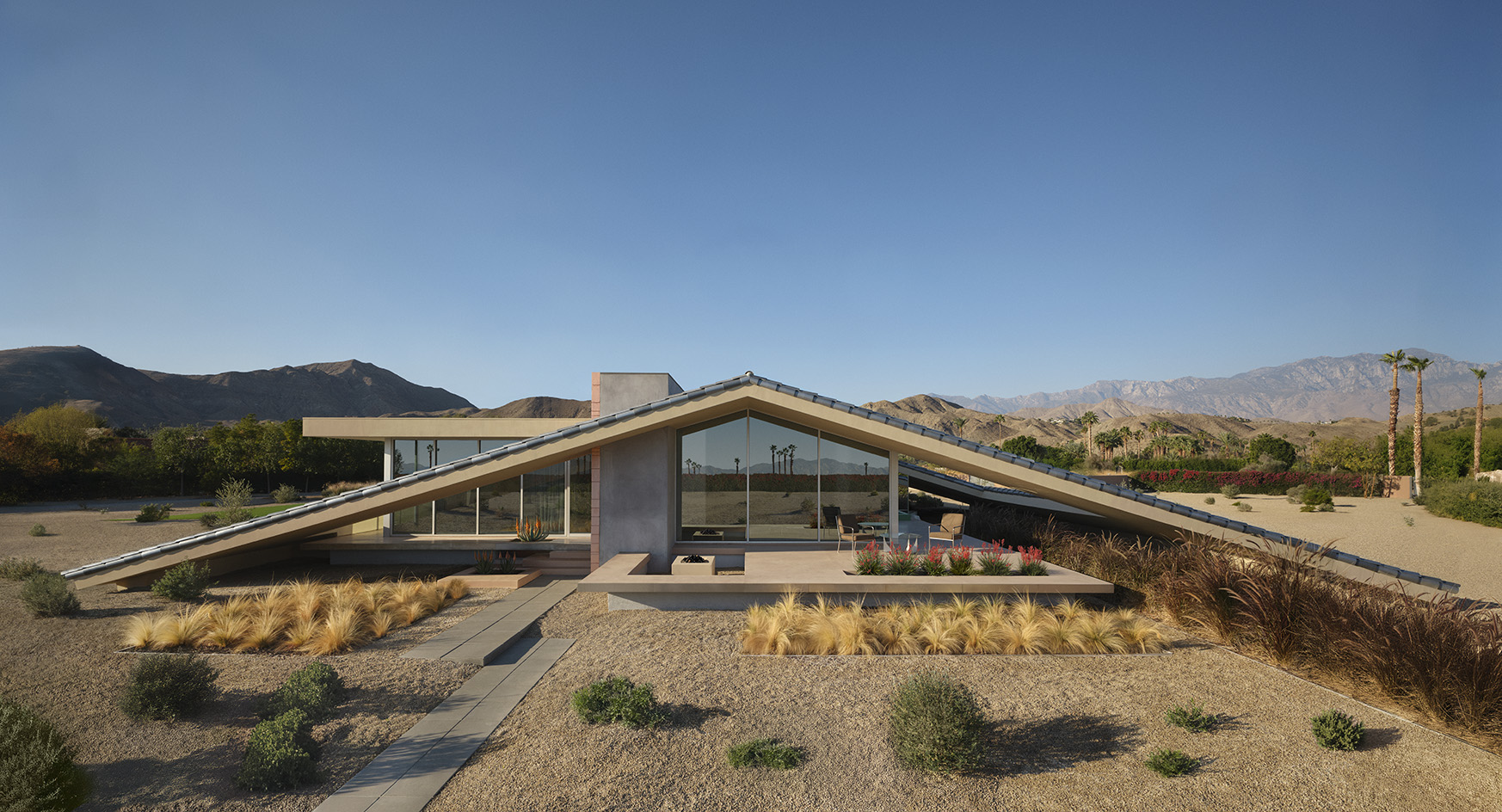 Top 25 houses of 2025, picked by architecture director Ellie Stathaki
Top 25 houses of 2025, picked by architecture director Ellie StathakiThis was a great year in residential design; Wallpaper's resident architecture expert Ellie Stathaki brings together the homes that got us talking
-
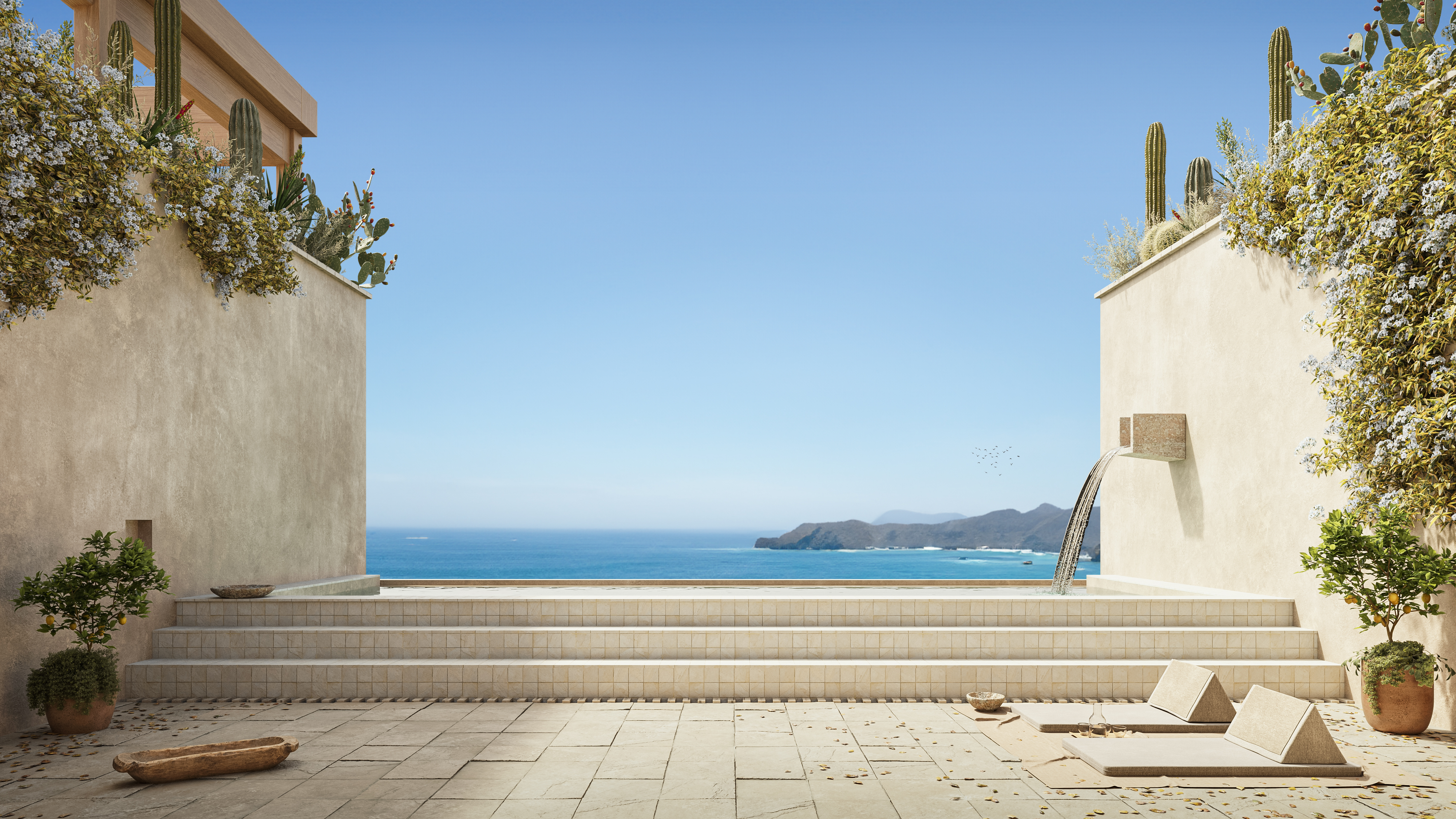 These Guadalajara architects mix modernism with traditional local materials and craft
These Guadalajara architects mix modernism with traditional local materials and craftGuadalajara architects Laura Barba and Luis Aurelio of Barbapiña Arquitectos design drawing on the past to imagine the future
-
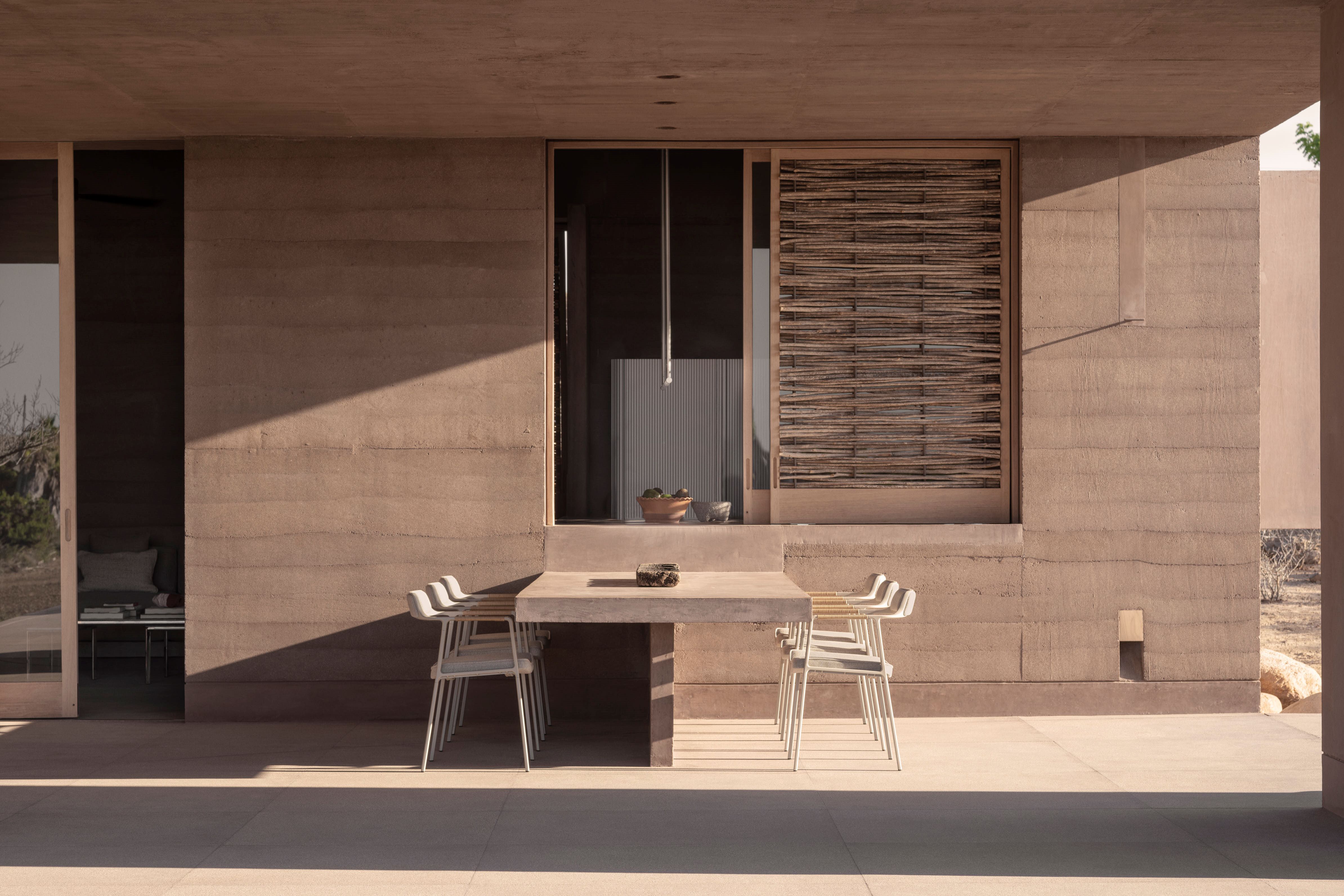 This Mexican architecture studio has a surprising creative process
This Mexican architecture studio has a surprising creative processThe architects at young practice Pérez Palacios Arquitectos Asociados (PPAA) often begin each design by writing out their intentions, ideas and the emotions they want the architecture to evoke
-
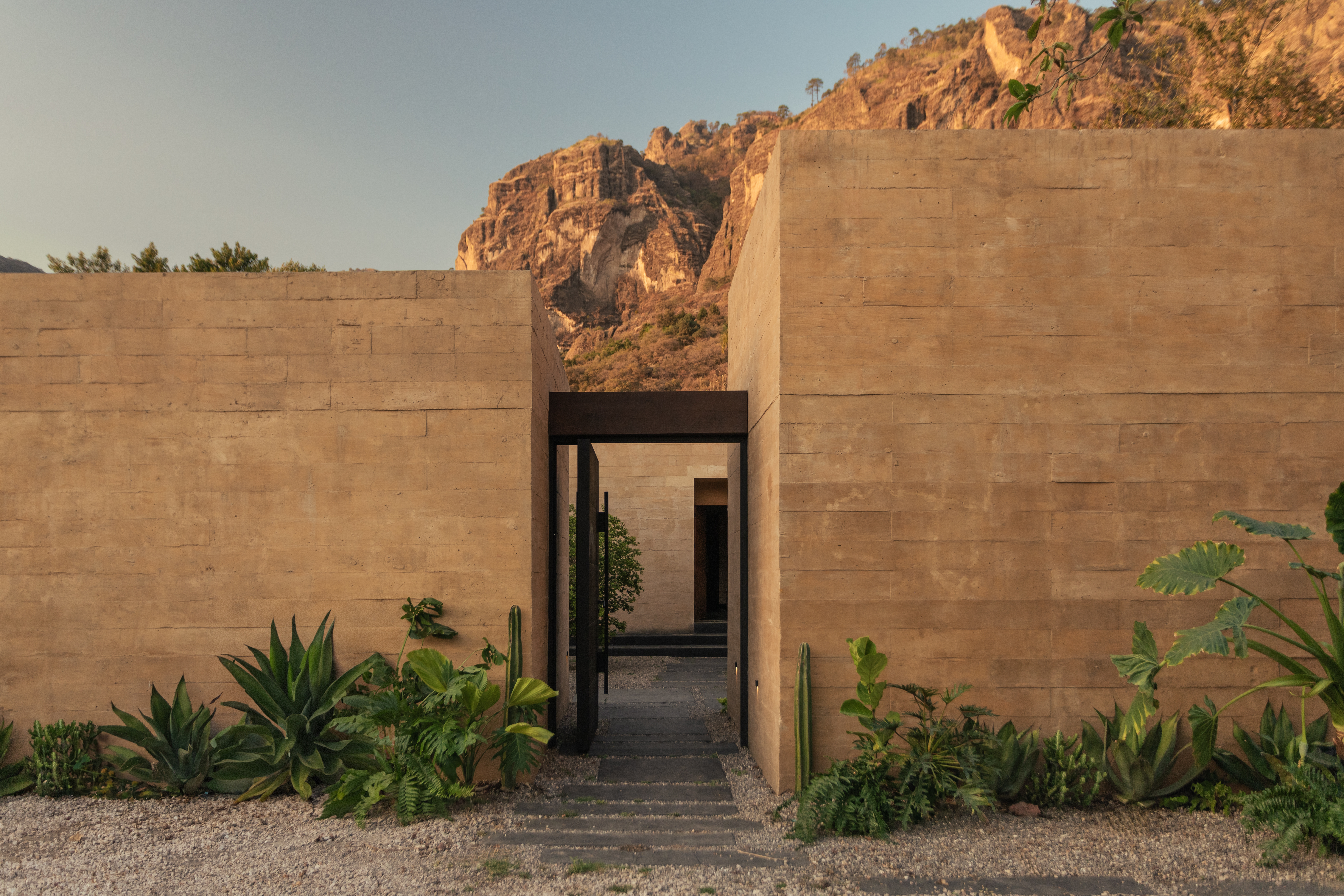 The architecture of Mexico's RA! draws on cinematic qualities and emotion
The architecture of Mexico's RA! draws on cinematic qualities and emotionRA! was founded by Cristóbal Ramírez de Aguilar, Pedro Ramírez de Aguilar and Santiago Sierra, as a multifaceted architecture practice in Mexico City, mixing a cross-disciplinary approach and a constant exchange of ideas
-
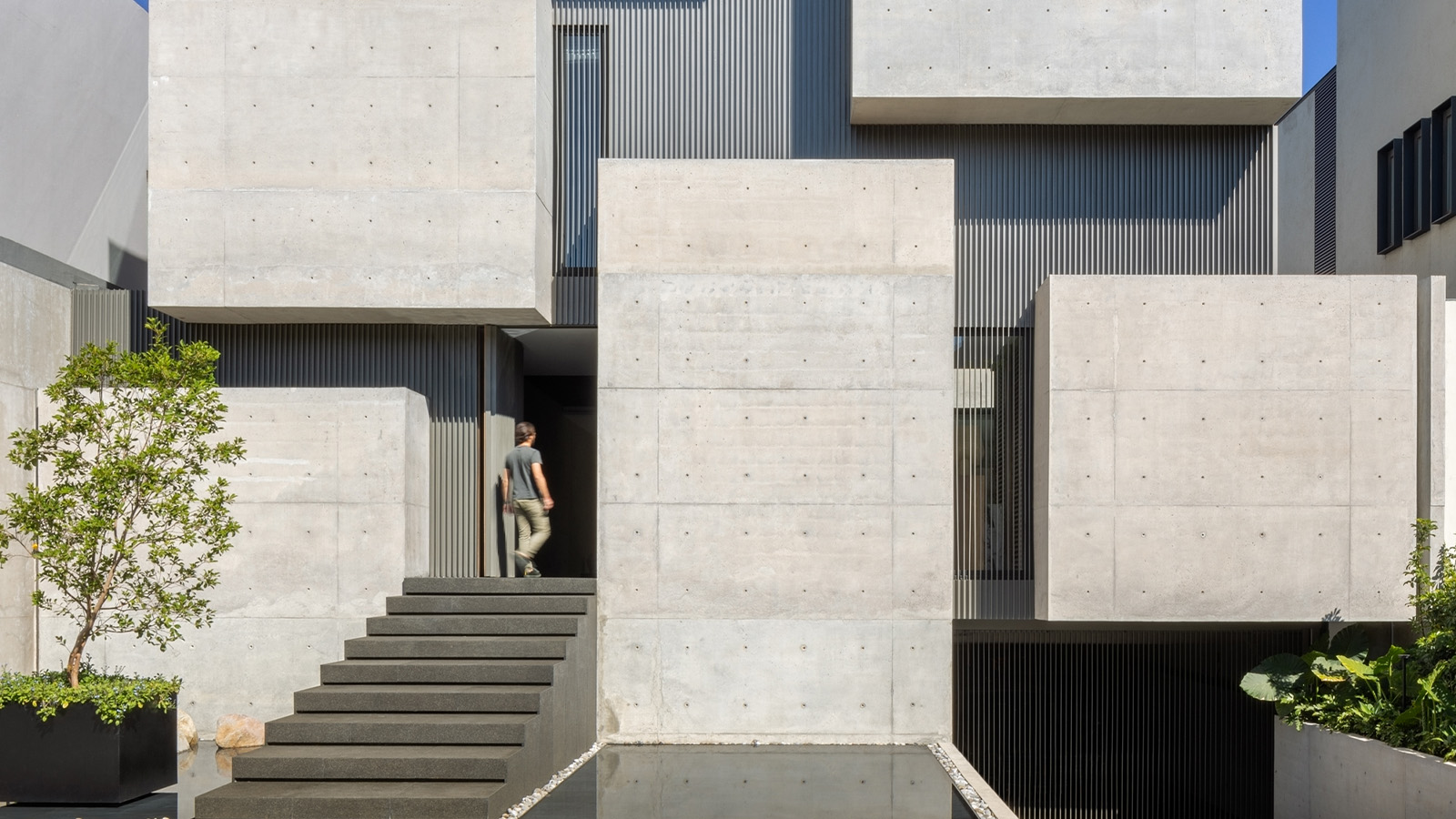 A cubist house rises in Mexico City, its concrete volumes providing a bold urban refuge
A cubist house rises in Mexico City, its concrete volumes providing a bold urban refugeCasa Ailes, a cubist house by Jaime Guzmán Creative Group, is rich in architectural expression that mimics the dramatic and inviting nature of a museum
-
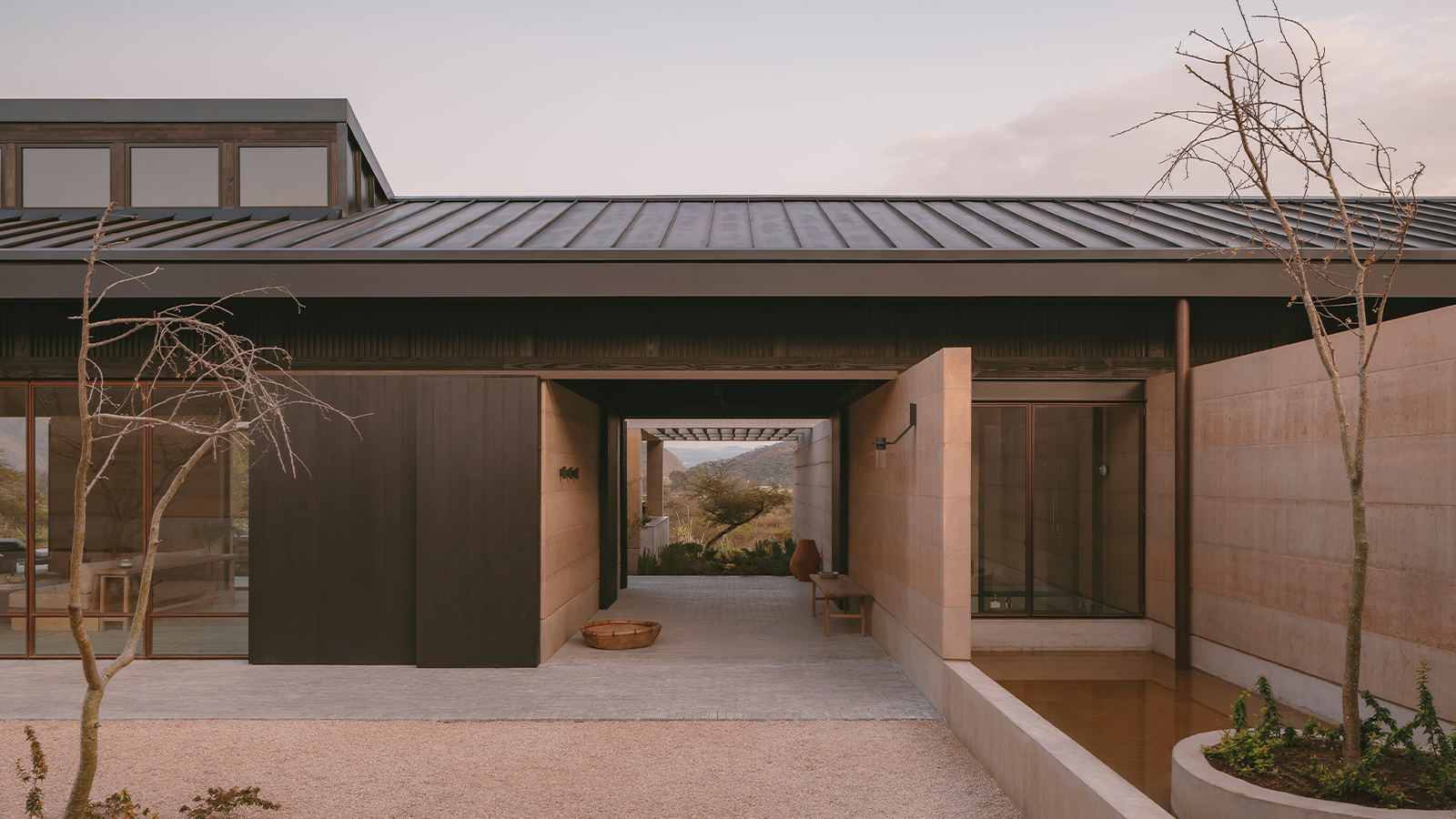 Serenity radiates through this Mexican home, set between two ravines
Serenity radiates through this Mexican home, set between two ravinesOn the cusp of a lakeside town, Mexican home Casa el Espino is a single-storey residence by Soler Orozco Arquitectos (SOA)
-
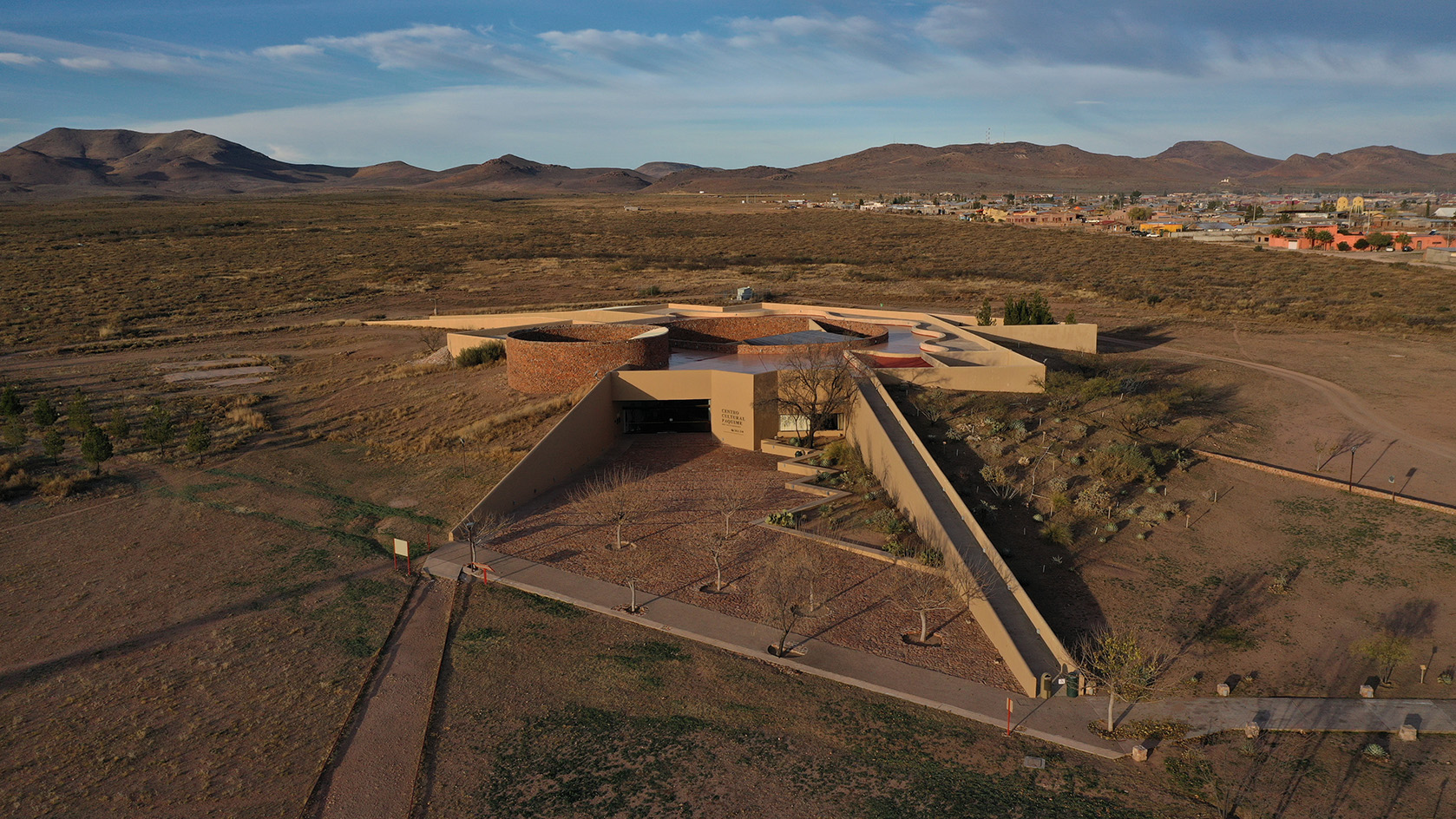 Mexican landscape architect Mario Schjetnan's Grupo de Diseño wins 2025 Oberlander Prize
Mexican landscape architect Mario Schjetnan's Grupo de Diseño wins 2025 Oberlander PrizeThe 2025 Oberlander Prize goes to Mexican landscape architect Mario Schjetnan and his studio, Grupo de Diseño, highlighting the creative's motto: 'We have a human right to open space'
-
 The Architecture Edit: Wallpaper’s houses of the month
The Architecture Edit: Wallpaper’s houses of the monthThis September, Wallpaper highlighted a striking mix of architecture – from iconic modernist homes newly up for sale to the dramatic transformation of a crumbling Scottish cottage. These are the projects that caught our eye
-
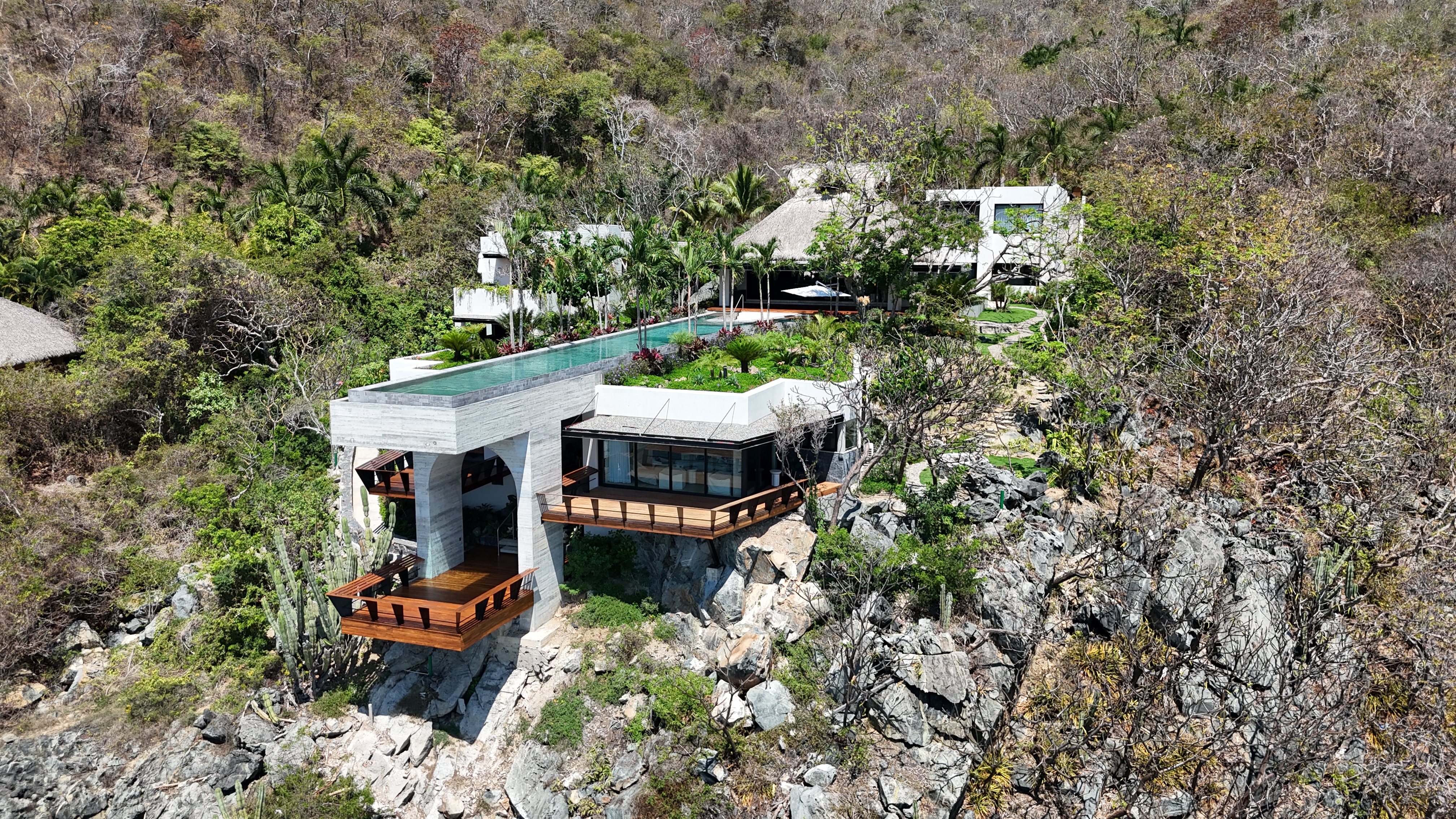 A Mexican clifftop retreat offers both drama, and a sense of place
A Mexican clifftop retreat offers both drama, and a sense of placeCasa Piscina del cielo, a clifftop retreat by Zozaya Arquitectos, creates the perfect blend of drama and cosiness on Mexico's Pacific Coast